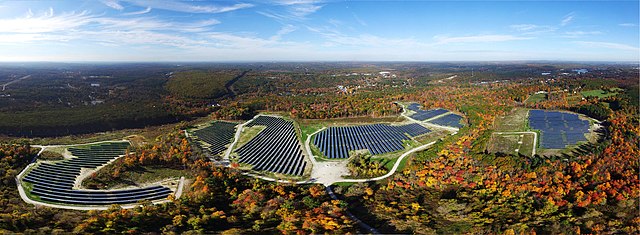Originally published September 16, 2024. Ag plans are becoming the heart and soul of the November election, with Trump and Harris offering completely different plans.
The two contenders filled in their agricultural policies in a mid-September 2024 questionnaire by the American Farm Bureau Federation.
In the quiz, the former president champions his America-first tariff approach while the vice president calls for balanced agricultural trade.
Also, while Trump slams farm laws such as Proposition 12 of California to improve interstate trade, Harris calls for Ag law reform.
“Project 2025”
Trump’s second coming for agriculture is via “Project 2025,” which seeks to remake American farming and nutrition.
Nutrition policy will ensure baby formula health, with the money coming from undercutting funding to various agencies.
Trump also cites the $28 billion relief he paid farmers in 2020 as an example of farmer-protective policy that he will continue. This is if he realizes his dream for a Trump 2.0. or second term.
For the 2024 election, he vows to extend his aggressive tariff of 60% on agricultural imports by China.
These tariffs fell heavily on soy, vegetable oil and pork imports by China in his final year as president in 2020.
Trump and Harris’ Ag Comparison
This same tariff issue is where Trump and Harris differ markedly, with the vice president vowing to foster “fair competition.”
This means exploiting new markets to increase exports while “not tolerating” China and other countries undermining American agriculture.
Outside tariffs, Harris also takes the bull by the horn in one of the hard line election points, namely immigrants’ labor. She supports amending laws on immigration so that immigrant workers can reduce farm worker shortage, unlike her rival’s hard stance.
Her Ag plan also includes revamping crop insurance. In tandem with her vice presidential candidate Tim Walz, she also targets to control big firm consolidation of agriculture.
In a word, Trump and Harris approach American agriculture via diverse paths they believe could earn them niche following. But there are points where the two agree including farm policy, especially crop insurance and backing farmers. To learn more on farm policy in the United States, read on the statistics below.
United States Farm Policy Statistics
Farm policy in the U.S. at first helped increase the number of private farms. Later, in the 20th and 21st century, its concentration switched to supporting farmers.
1785-90: according to the U.S. Department of Agriculture (USDA), the earliest farm policy helped expand private farms and increase land distribution. A decade before the period’s end in 1880, America’s total farm acreage had risen to 536,081,885 hectares.
1830-1914: farm policy devoted itself to research to help farmers boost production on their farms. This in turn fueled a desire by farmers to acquire more land. California, for example, saw farmland rise from 14,044 farms in the Civil War period of 1860 to 23,724 in 1870. Countrywide, the number of farms in the United States rose to 4,008,907 in 1880, according to the government’s census.
1870 to 1933: a concurrent farm policy of this period concentrated on offering farmers information and infrastructural support to compete fairly in markets. A boom in the American population to 32 million in 1910 expanded market opportunities. In its wake was a farm number increase to 6.5 million farms in 1920.
1924 to 2023: more recent farm policies have concentrated on supporting farmers directly with income generation. One such policy is the 2020 direct payment of $28 billion by the Trump administration to compensate for falling producer prices. Interestingly, there were only 1,894,950 farms in the U.S. in 2023, due to urban center expansion.
